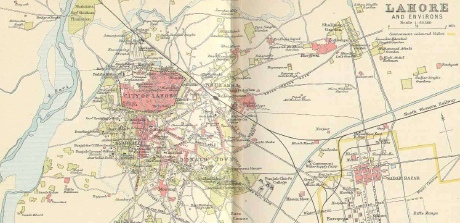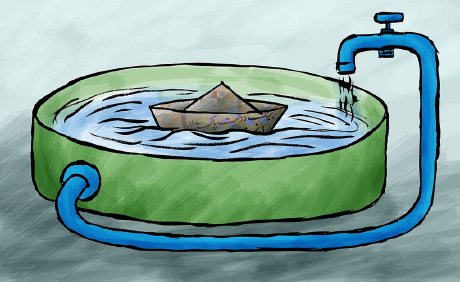Selected and Introduced by Adil Najam
In this the first installment of excerpts from K.K. Aziz’s The Coffee House of Lahore (read book review by Raza Rumi, here) we have selected a passage that appears very early in the book and describes what Lahore used to look like around the time of partition. The vivid narrative brings the landscape alive and populates it with personalities and landmarks that give texture and context to that which is now familiar and that which has long vanished with time. It provides a necessary window into the world that the rest of the book is situated in, but it is worth reading for itself. Like so much of K.K Aziz’s writing, it is simple and simply enchanting. (For ease of reading, we will not indent the quoted text; everything beyond this opening paragraph is in K.K. Aziz’s words).

Read Full Post
Owais Mughal
Can you guess the number of Railway Stations in Pakistan (including abandoned ones)? If you cannot give us an exact number, choose a range. Actually, lets make it a little poll too see what our collective best guess is.
Read Full Post
Adil Najam
Pakistan needs serious tax reform. That we did not get today.

What it got instead was a collection drive – supposedly to pay for the post-flood rehabilitation, but probably even more because the international community has been pushing us to raise internal revenue collection. That itself is not a bad thing. Indeed, it would be a good thing if the Rs. 65 billion that is estimated to be collected is actually used to reconstruct after the recent floods in Pakistan. Indeed, given the way this taxation is being justified the measure of success of these measures should not be how much money is raised but whether and how much new and additional domestic resources become available for flood rehabilitation.
Read Full Post


























































